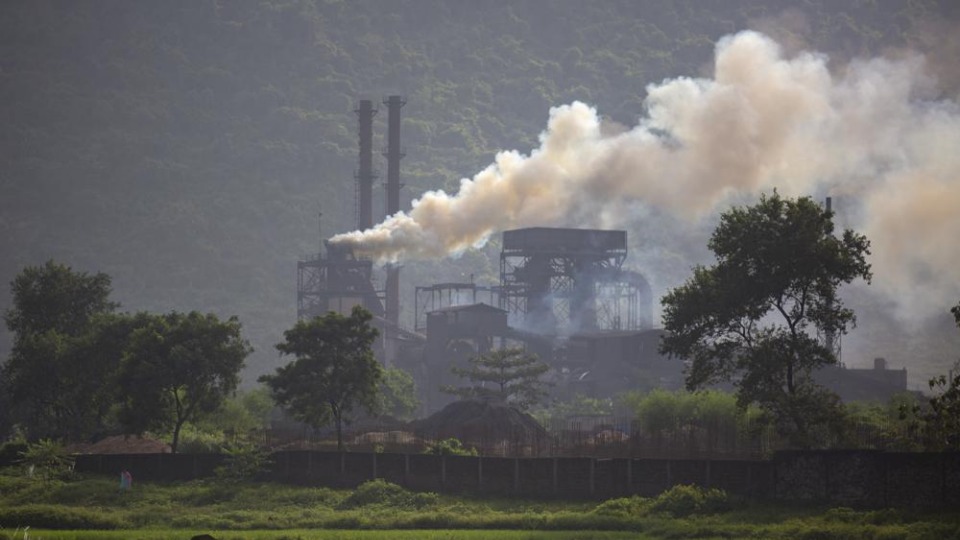
Countries around the world massively undercount their greenhouse gas emissions when reporting to the U.N., a Washington Post investigation reveals. The gulf between countries’ reported and actual emissions—which is somewhere between an amount greater than the United States’ annual (reported) emissions and nearly a quarter of all global greenhouse gasses—pose grave concerns for the international process of halting climate change.
“If we don’t know the state of emissions today, we don’t know whether we’re cutting emissions meaningfully and substantially,” Stanford professor and chair of the Global Carbon Project Rob Jackson told the Post. “The atmosphere ultimately is the truth.”
The reporting shortfall is caused by nations’ differing capacity to accurately assess their emissions, apparently intentional underreporting, and the fact that the U.N. process does not even require the reporting of some classes of potent greenhouse gasses.
In many cases, the difference between a country’s reported emissions and its actual emissions based on scientific modeling is the result of a dramatic overestimation of how much carbon the reporting nation’s vegetation is absorbing. Malaysia, for instance, claims its forests are about five times as effective at pulling carbon out of the atmosphere as are the trees in neighboring Indonesia.
President Joe Biden told delegates in Glasgow last week, “One of the most important things we can do in this decisive decade—to keep 1.5° in reach—is reduce our methane emissions as quickly as possible.” Research not covered in the Post investigation, however, shows, the U.S. estimates for methane pollution in the oil and gas supply chain alone were 60% higher than official EPA estimates.
This story originally appeared in Nexus Media News and is part of Covering Climate Now, a global journalism collaboration strengthening coverage of the climate story.












Comments